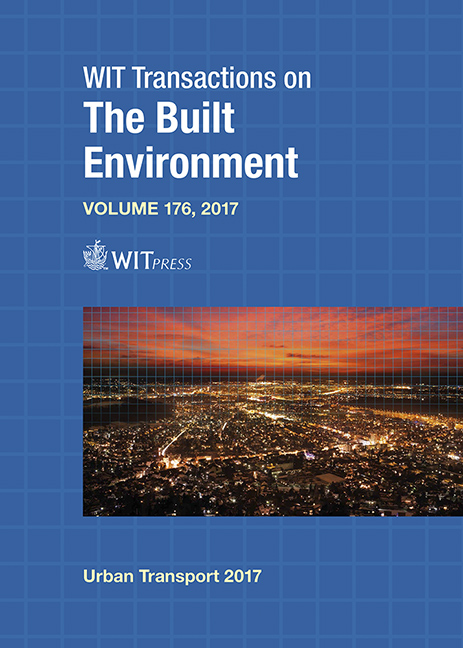SUPPORTING CITIES’ EMISSION MITIGATION STRATEGIES: MODELLING URBAN TRANSPORT IN A TIMES ENERGY SYSTEM MODELLING FRAMEWORK
Price
Free (open access)
Transaction
Volume
176
Pages
11
Page Range
15 - 25
Published
2017
Size
326 kb
Paper DOI
10.2495/UT170021
Copyright
WIT Press
Author(s)
JONAS FORSBERG, ANNA KROOK-RIEKKOLA
Abstract
The transport sector is a significant emitter of greenhouse gases (GHGs) and air pollutants in urban areas. How the transport sector evolve during the coming decades will have significant impact on the possibilities to meet tough climate and environmental targets. This makes transportation an important part of cities’ Sustainable Energy and Climate Action Plans. Still, transportation is somewhat overlooked in many city-level analyses. Energy system optimisation models, like the TIMES modelling framework, are useful tools in identifying energy pathways to reach ambitious energy savings and emission mitigation targets. Based on the identification of urban transport-energy system characteristics, the needs of local governments, and insights from traditional transport models, we propose a partly new representation of the transport sector within a TIMES-City modelling framework, adapting it to the urban transport–energy setting to improve model realism and power of insight. TIMES-City supports analysis of intracity and long-distance passenger and freight transportation, including only the city organisation or the entire administrative city area. Detailed techno–economic–environmental representation of all major existing and emerging modes, technologies and fuels provides basis for consistent long-term analyses.
Keywords
energy system optimisation model, urban energy system, urban transports, transport-energy setting, TIMES-City, sustainable energy and climate action plan, sustainable urban mobility plans, local energy policy





